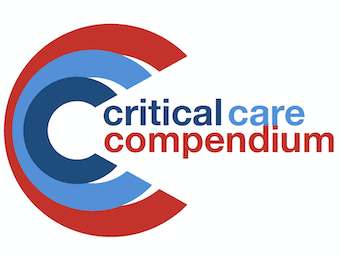
Paediatric Rapid Sequence Intubation
Paediatric Rapid Sequence Intubation. RSI is used to secure the airway quickly with an endotracheal tube and to prevent chance of regurgitation and aspiration

Paediatric Rapid Sequence Intubation. RSI is used to secure the airway quickly with an endotracheal tube and to prevent chance of regurgitation and aspiration

Airway exchange catheter; aka airway exchange guide; examples include the Cook Airway Exchange Catheter and the Aintree Intubation Catheter

Post-intubation hypoxia can be rapidly fatal without early intervention, which requires a structured approach to concurrently identifying and treating the underlying cause

Nonresolving or Progressive Pneumonia: failure to normalize the clinical features (eg, fever, cough, sputum production), or nonresolving image in chest radiograph

The general principles are the same as for extubation of ICU patients. However, the criteria for extubation in the ED are generally more stringent as most ED staff are less experienced and less familiar with the process

Normal swallowing requires: timing and coordination of many muscles and several cranial nerves which are under voluntary and involuntary nervous control.

Non-invasive ventilation can be used as adjunct for weaning patients from mechanical ventilation

The criteria used to assess a patient to determine whether they are ready for extubation is complex and multi-factorial.

The cuff leak test is used to predict risk of post-extubation stridor in intubated patients. Use and interpretation of the test needs to take into account the overall context of the patient's condition and the management implications

Tracheostomy complications can be immediate, delayed or late

The presence of a tracheostomy tube can adversely effect swallowing: in patients who previously had no dysphagia; and further impair swallowing function in those who already have neurological or mechanical disorders of swallowing.

To perfrom a tracheostomy, knowledge of the following is required: surface anatomy, course of the trachea, structure of the tracheal rings, layers of dissection, components of the larynx and related structures